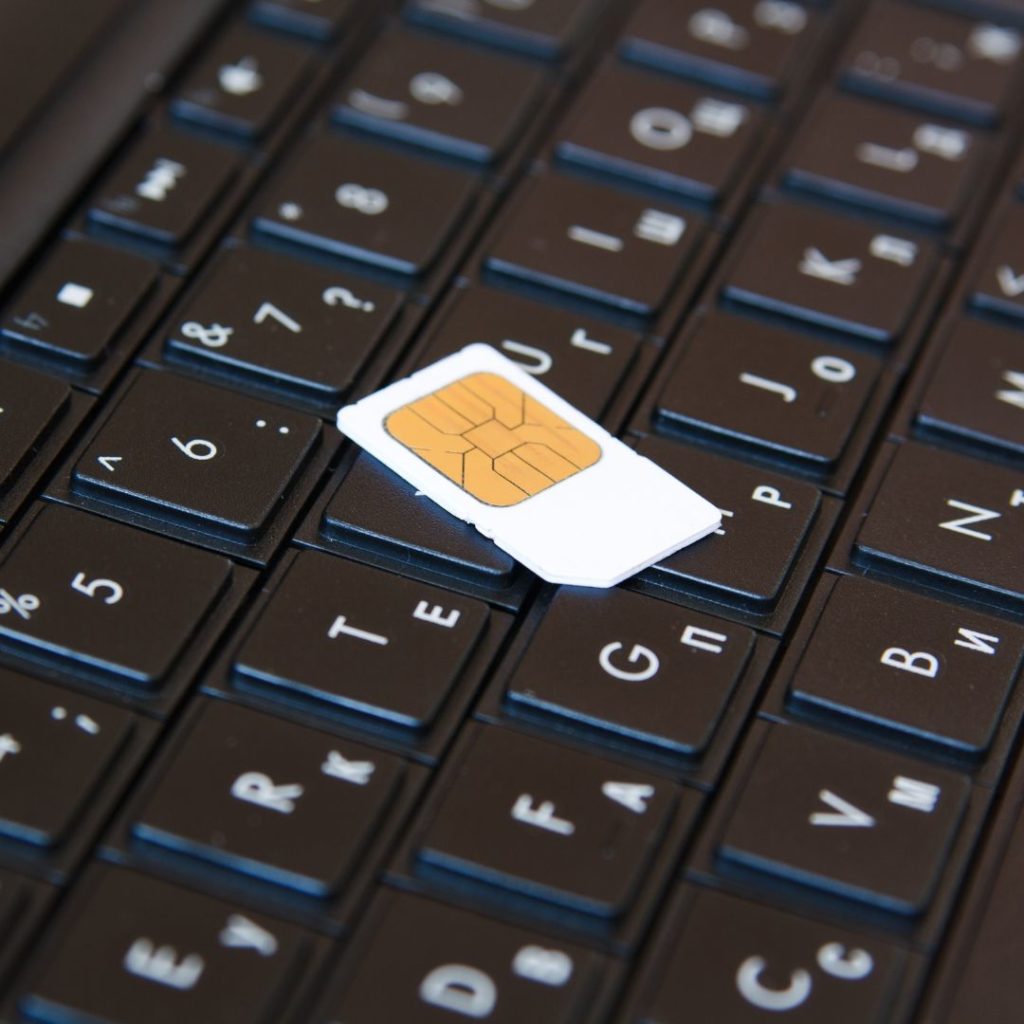
To fully understand IoT SIM cards, we first need to understand what IoT is. IoT refers to any smart devices that can connect specifically to the internet that are not computers or phones. In other words, devices like smart panels, vehicles like tractors, elevators, vending machines, medical equipment and even human body parts can be considered IoT.
These devices can connect to the internet and send data for themselves or their surrounding area and can communicate with other devices nearby. Of course, for this communication to work is where SIM cards play their part.
IoT SIM cards work very similarly to mobile SIM cards. They keep the device connected to the network in order to continue the communication with the server and other devices. However, mobile SIM cards are usually locked into a location, while IoT SIM is made to be remotely manageable.
Each SIM also stores credentials and keys unique to each device. This is done to identify that the device has a cellular subscription. Aside from this, the device also possesses an International Mobile Subscriber Identity or IMSI, which is unique for each device regardless of whether they are on or off the network, no matter where they are in the world.
The SIM also has to connect to an onboard cellular modem or “radio” which attaches the SIM to the network. Without the connection of the SIM to this radio, the SIM would not function properly.
It is true that there are global IoT devices that need to be able to connect to anywhere in the world. Because of this, they get to have special SIM cards, which are referred to as global sim cards. There are two types of global sim cards:
The roaming SIM card is based on the traditional SIM model. The provider of the SIM card finds partners globally and would allow the roaming sim to have access to a network per visited country. These roaming SIMs are not ideal for IoT connections because there are no fallback networks or a backup plan if there is a change of agreement or if there are any outages.
These SIMs are more reliable when it comes to using them for Global IoT Devices. These SIM cards have multiple IMSIs on one SIM profile. This allows the SIM access to many networks, including those that are not local. This not only allows for global usage but also controls for the providing companies to select which network can be used in specific scenarios and IoT devices.
The SIM card is not just used in your phone. It is used in many different IoT devices. It is important for you to know what the SIM card does in a device and how it works differently in different devices. Not all SIM cards are the same. There are certain SIM cards that are even better for certain devices.
©2023 Ultravioletsim
Terms
Privacy